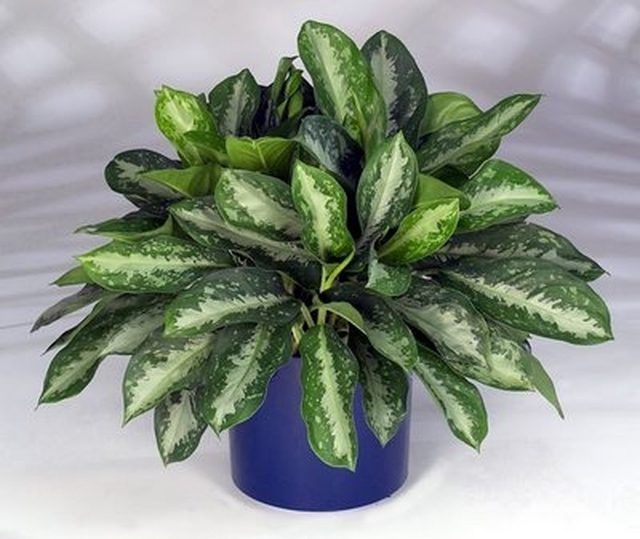Bulbs
Flower Basics
Flower Beds & Specialty Gardens
Flower Garden
Garden Furniture
Garden Gnomes
Garden Seeds
Garden Sheds
Garden Statues
Garden Tools & Supplies
Gardening Basics
Green & Organic
Groundcovers & Vines
Growing Annuals
Growing Basil
Growing Beans
Growing Berries
Growing Blueberries
Growing Cactus
Growing Corn
Growing Cotton
Growing Edibles
Growing Flowers
Growing Garlic
Growing Grapes
Growing Grass
Growing Herbs
Growing Jasmine
Growing Mint
Growing Mushrooms
Orchids
Growing Peanuts
Growing Perennials
Growing Plants
Growing Rosemary
Growing Roses
Growing Strawberries
Growing Sunflowers
Growing Thyme
Growing Tomatoes
Growing Tulips
Growing Vegetables
Herb Basics
Herb Garden
Indoor Growing
Landscaping Basics
Landscaping Patios
Landscaping Plants
Landscaping Shrubs
Landscaping Trees
Landscaping Walks & Pathways
Lawn Basics
Lawn Maintenance
Lawn Mowers
Lawn Ornaments
Lawn Planting
Lawn Tools
Outdoor Growing
Overall Landscape Planning
Pests, Weeds & Problems
Plant Basics
Rock Garden
Rose Garden
Shrubs
Soil
Specialty Gardens
Trees
Vegetable Garden
Yard Maintenance
How to Cultivate and Propagate Store Bought Aglaonema Plants
How to Cultivate and Propagate Store Bought Aglaonema Plants. The Aglaonema, also known as the Chinese Evergreen, is one of the most popular plants for homes and offices thanks to its low care needs and its ability to flourish in low light conditions. That does not mean that this plant can survive entirely without care. Given the extremely low rate...
The Aglaonema, also known as the Chinese Evergreen, is one of the most popular plants for homes and offices thanks to its low care needs and its ability to flourish in low light conditions. That does not mean that this plant can survive entirely without care. Given the extremely low rate of seed germination for this species, it is best to propagate them by buying an Aglaonema plant and then making cuttings from which further plants can be grown.

Things You'll Need
Latex gloves
Scissors or garden shears
6-inch diameter pots
Organic potting soil
Peat moss
Ffertilizer
Step 1
Purchase an Aglaonema plant in any garden department; they're popular plants that most stores with a selection of plants carry. Find a relatively young one with small buds and foliage sprouting from the sides of the soil near the edge of the pot's rim. Make sure the soil is damp and the leaves are a vibrant light green to ensure it is healthy enough to take cuttings.
Step 2
Put on a set of latex or rubber gloves before cutting the plant. Many people have a mild allergic reaction to the sap which oozes from the stems when they are cut or broken. The result would be something similar to a light brush with poison ivy, so be careful to keep it away from children and pets.
Step 3
Pull the plant from the pot, taking with it as much of the surrounding soil as possible. Check the roots over thoroughly. If the plant appears root bound, which is evident if the roots are pressed up against and conform to the sides of the pot, use the edge of your shears to cut a vertical slash in the root mass, spacing each cut every 2 inches. Follow the stem of fresh leaves down to the soil; from there cut straight downward with your shears to take both the stem and a good chunk of the root system. Do this until your plant is divided into four or five pieces.
Step 4
Fill pots with organic potting soil and peat moss, mixing well. Place one cutting in each pot, sinking each level with the top of the pot. Drench each pot until water pours from the vents at the bottom of the pots and then give them a full strength dose of Miracle-Gro or other quality plant fertilizer, following the instructions on the fertilizer container.
Step 5
Place each pot in a window sill, preferably facing north, that receives no more than 6 hours of partial sunlight each day. Water the plants to keep the soil moist at all times, or whenever the tips of the leaves go brown. Give another half dose of fertilizer every 2 months afterward. As these are indoor plants you shouldn't have to worry about pests. The Aglaonema is very resistant to mildew and fungal infections as well, so nothing should impede its growth. The plants should be back to the size of the original plant within 4 or 5 months.